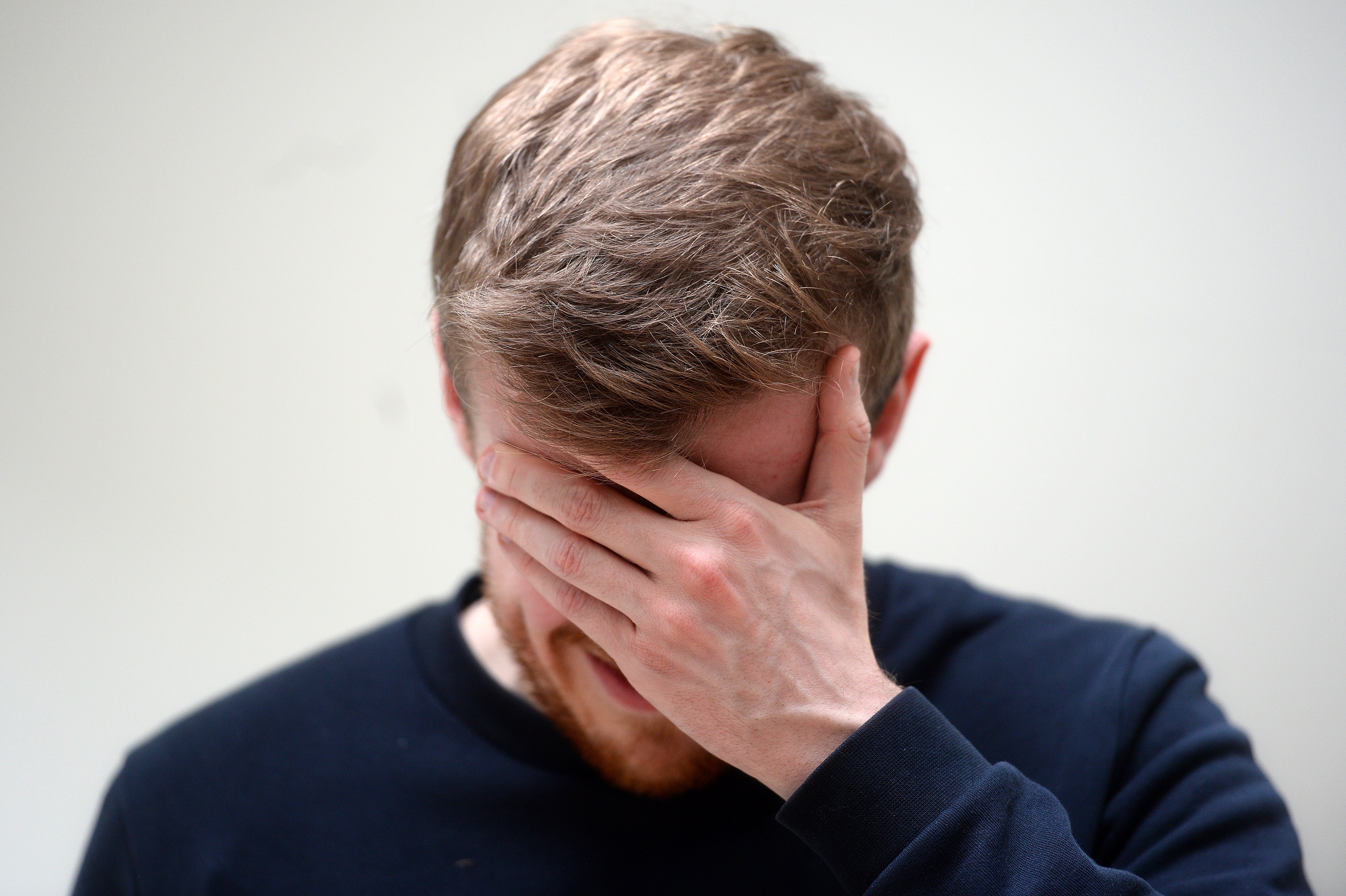A dose of nostalgia may help combat pain, study suggests
The research indicates nostalgia may be a drug-free way to alleviate low levels of pain like headaches.

Your support helps us to tell the story
From reproductive rights to climate change to Big Tech, The Independent is on the ground when the story is developing. Whether it's investigating the financials of Elon Musk's pro-Trump PAC or producing our latest documentary, 'The A Word', which shines a light on the American women fighting for reproductive rights, we know how important it is to parse out the facts from the messaging.
At such a critical moment in US history, we need reporters on the ground. Your donation allows us to keep sending journalists to speak to both sides of the story.
The Independent is trusted by Americans across the entire political spectrum. And unlike many other quality news outlets, we choose not to lock Americans out of our reporting and analysis with paywalls. We believe quality journalism should be available to everyone, paid for by those who can afford it.
Your support makes all the difference.While memories of times gone by may make you feel warm and fuzzy, new research suggests nostalgia may also help combat pain.
According to scientists, sentimentality for the past decreases activity in the areas of the brain related to pain.
Researchers suggest a trip down memory lane may be a drug-free way to alleviate low levels of pain, like headaches or mild clinical pain.
They measured the brain activity of adults while they rated how nostalgic certain images were and rated the pain caused by heat.
These findings offer implications and perspectives for the further development and improvement of non-drug, psychological analgesia
The nostalgic images featured scenes and items from childhood, like popular sweets, cartoons and playground games.
They were also shown images that depicted corresponding scenes and items from modern life to assess any difference.
The researchers found that viewing nostalgic images reduced pain ratings compared with control images, with the strongest effect on low-intensity pain.
According to the researchers from the Chinese Academy of Sciences, viewing nostalgic images also reduced activity in the two brain regions associated with pain perception.
Activity in a brain region involved in relaying information between the body and the brain was linked to both nostalgia and pain ratings, the study found.
Writing in the JNeurosci journal, the researchers said: “Notably, the current study found that, after being shown nostalgic stimuli (vs non-nostalgia or control stimuli), participants reported significantly weaker pain, which was not the case for those shown non-nostalgic stimuli.
“We also found that the analgesic effect was positively correlated with the nostalgic effect.
“These findings offer implications and perspectives for the further development and improvement of non-drug, psychological analgesia.”